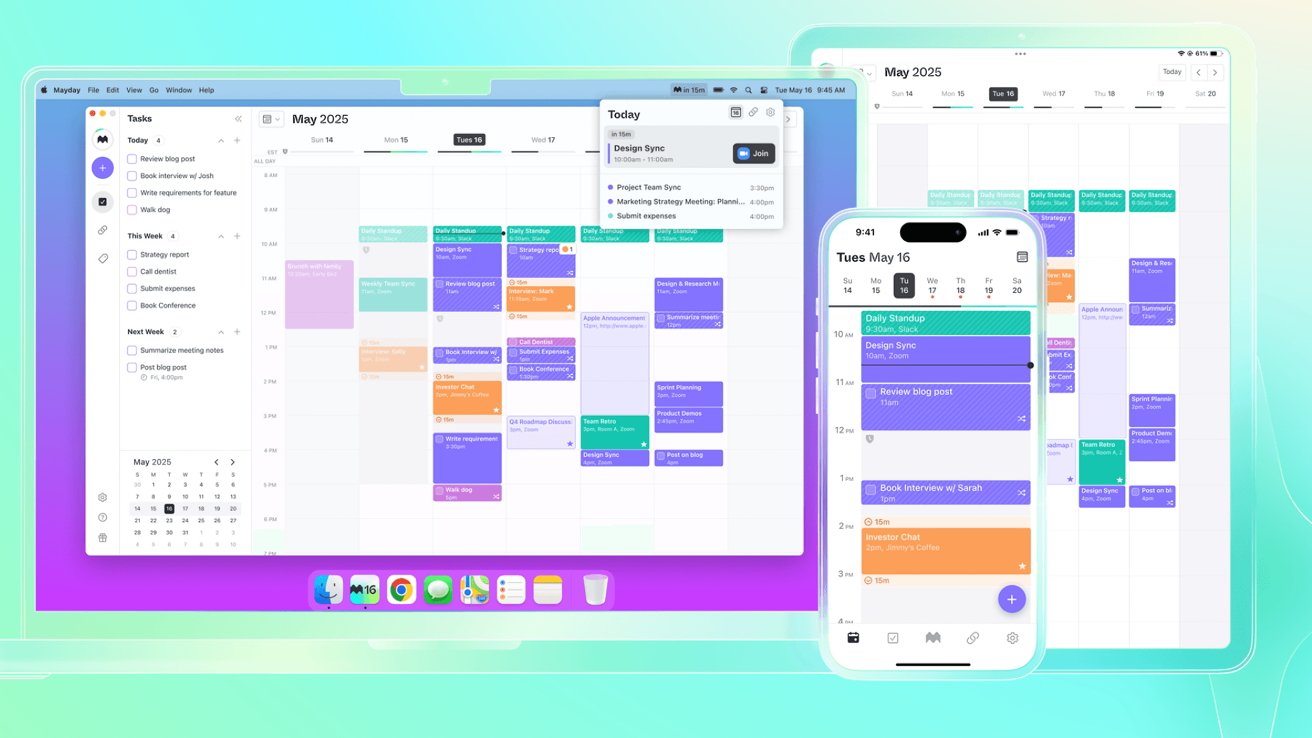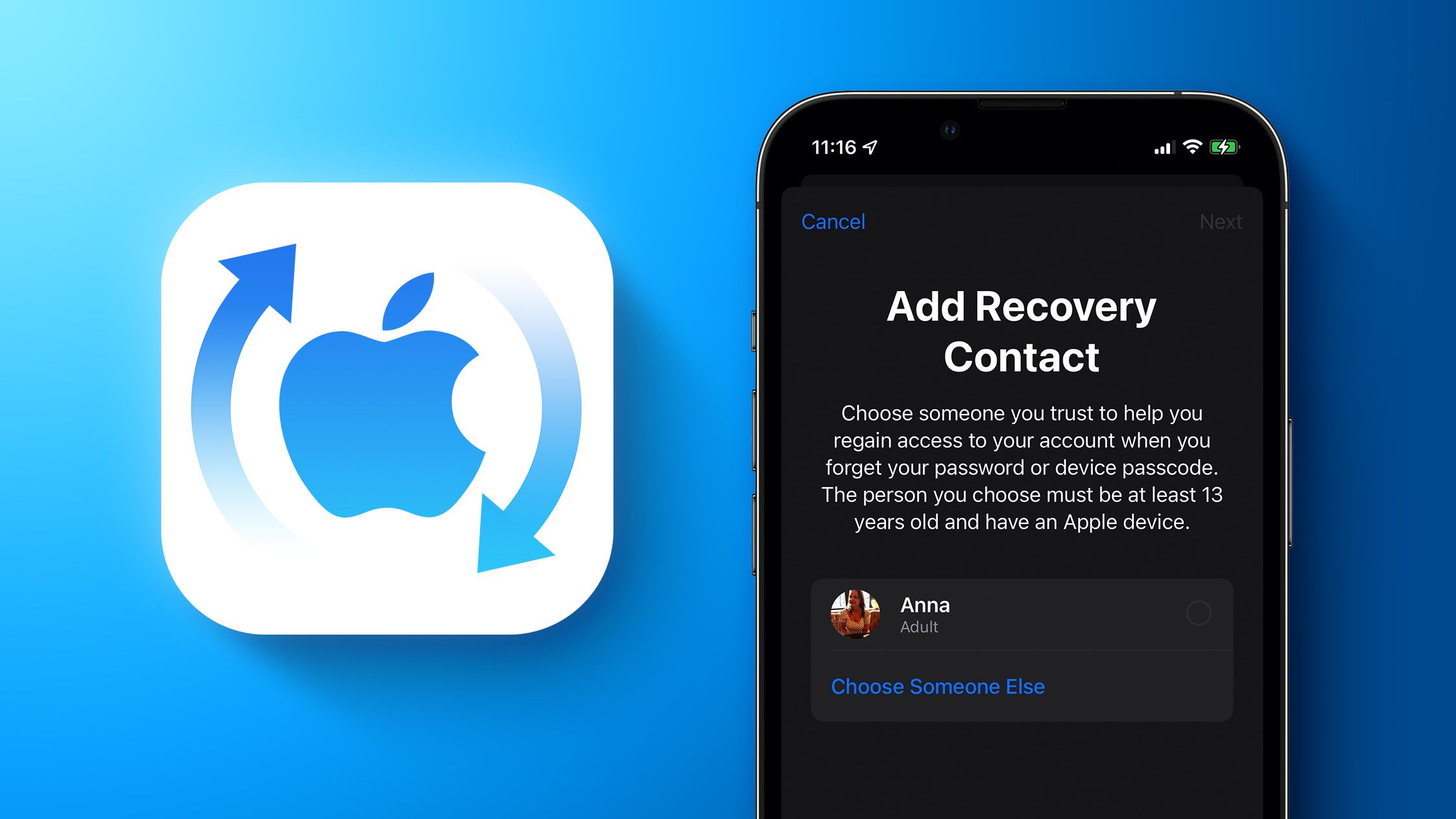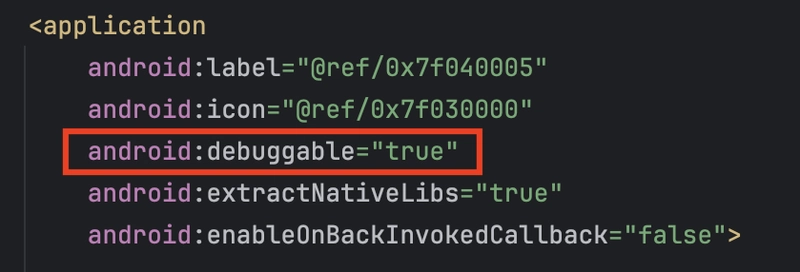Test-Driven Development (TDD)
Test-Driven Development (TDD) is a software development approach where you write tests before writing the actual code. It may sound counterintuitive at first, but TDD can significantly improve code quality, maintainability, and confidence in your software. This post introduces the TDD process, benefits, and how to start applying it effectively in your projects. What is TDD? TDD is a development methodology where tests are written to define desired behavior before implementing the functionality. It follows a short and repetitive development cycle: The TDD Cycle Write a Test: Write a test that describes the expected behavior of a feature. Run the Test: The test should fail because the feature doesn't exist yet. Write the Code: Write just enough code to make the test pass. Run the Test Again: Verify that it passes. Refactor: Clean up the code while ensuring the test still passes. Benefits of TDD Better Code Design: Forces you to think about the interface before the implementation. Fewer Bugs: Catches errors early and reduces regression. Confidence in Changes: Tests act as a safety net when modifying code. Documentation: Tests serve as living documentation of your code's expected behavior. Example: TDD in Python Let’s walk through a simple example where we build a function that adds two numbers using TDD. 1. Write the Test (Fail First) # test_calculator.py from calculator import add def test_add(): assert add(2, 3) == 5 2. Run the Test Since the add function doesn't exist yet, this test will fail. 3. Write the Function # calculator.py def add(a, b): return a + b 4. Run the Test Again The test now passes. ✅ 5. Refactor (If Necessary) No refactor needed in this simple case, but you might optimize or clean up code in more complex examples. Popular Testing Frameworks Python: pytest, unittest JavaScript: Jest, Mocha Java: JUnit C#: NUnit, xUnit Ruby: RSpec Best Practices for TDD Write small, focused tests. Only write code needed to pass the test. Run tests frequently as you code. Refactor with confidence using passing tests as backup. Use meaningful test names to document behavior. Challenges of TDD Initial learning curve for writing good tests. May slow down early development if not practiced correctly. Requires discipline and consistency across teams. Conclusion Test-Driven Development can significantly boost the quality and maintainability of your code. It leads to cleaner architecture, fewer bugs, and more confidence in your changes. By starting with tests, you're also writing code that’s naturally more testable and modular. Embrace TDD as a habit, and you'll become a smarter, more reliable programmer.


Test-Driven Development (TDD) is a software development approach where you write tests before writing the actual code. It may sound counterintuitive at first, but TDD can significantly improve code quality, maintainability, and confidence in your software. This post introduces the TDD process, benefits, and how to start applying it effectively in your projects.
What is TDD?
TDD is a development methodology where tests are written to define desired behavior before implementing the functionality. It follows a short and repetitive development cycle:
The TDD Cycle
- Write a Test: Write a test that describes the expected behavior of a feature.
- Run the Test: The test should fail because the feature doesn't exist yet.
- Write the Code: Write just enough code to make the test pass.
- Run the Test Again: Verify that it passes.
- Refactor: Clean up the code while ensuring the test still passes.
Benefits of TDD
- Better Code Design: Forces you to think about the interface before the implementation.
- Fewer Bugs: Catches errors early and reduces regression.
- Confidence in Changes: Tests act as a safety net when modifying code.
- Documentation: Tests serve as living documentation of your code's expected behavior.
Example: TDD in Python
Let’s walk through a simple example where we build a function that adds two numbers using TDD.
1. Write the Test (Fail First)
# test_calculator.py
from calculator import add
def test_add():
assert add(2, 3) == 5
2. Run the Test
Since the add function doesn't exist yet, this test will fail.
3. Write the Function
# calculator.py
def add(a, b):
return a + b
4. Run the Test Again
The test now passes. ✅
5. Refactor (If Necessary)
No refactor needed in this simple case, but you might optimize or clean up code in more complex examples.
Popular Testing Frameworks
- Python: pytest, unittest
- JavaScript: Jest, Mocha
- Java: JUnit
- C#: NUnit, xUnit
- Ruby: RSpec
Best Practices for TDD
- Write small, focused tests.
- Only write code needed to pass the test.
- Run tests frequently as you code.
- Refactor with confidence using passing tests as backup.
- Use meaningful test names to document behavior.
Challenges of TDD
- Initial learning curve for writing good tests.
- May slow down early development if not practiced correctly.
- Requires discipline and consistency across teams.
Conclusion
Test-Driven Development can significantly boost the quality and maintainability of your code. It leads to cleaner architecture, fewer bugs, and more confidence in your changes. By starting with tests, you're also writing code that’s naturally more testable and modular. Embrace TDD as a habit, and you'll become a smarter, more reliable programmer.






















































-Reviewer-Photo-SOURCE-Julian-Chokkattu-(no-border).jpg)



















































































































![[The AI Show Episode 146]: Rise of “AI-First” Companies, AI Job Disruption, GPT-4o Update Gets Rolled Back, How Big Consulting Firms Use AI, and Meta AI App](https://www.marketingaiinstitute.com/hubfs/ep%20146%20cover.png)






























































































































![Life in Startup Pivot Hell with Ex-Microsoft Lonewolf Engineer Sam Crombie [Podcast #171]](https://cdn.hashnode.com/res/hashnode/image/upload/v1746753508177/0cd57f66-fdb0-4972-b285-1443a7db39fc.png?#)




























































.jpg?width=1920&height=1920&fit=bounds&quality=70&format=jpg&auto=webp#)




















































-Nintendo-Switch-2-Hands-On-Preview-Mario-Kart-World-Impressions-&-More!-00-10-30.png?width=1920&height=1920&fit=bounds&quality=70&format=jpg&auto=webp#)

























_Andrey_Khokhlov_Alamy.jpg?width=1280&auto=webp&quality=80&disable=upscale#)


_Aleksey_Funtap_Alamy.jpg?width=1280&auto=webp&quality=80&disable=upscale#)















































































































![Apple Foldable iPhone to Feature New Display Tech, 19% Thinner Panel [Rumor]](https://www.iclarified.com/images/news/97271/97271/97271-640.jpg)
![Apple Developing New Chips for Smart Glasses, Macs, AI Servers [Report]](https://www.iclarified.com/images/news/97269/97269/97269-640.jpg)
![Apple Shares New Mother's Day Ad: 'A Gift for Mom' [Video]](https://www.iclarified.com/images/news/97267/97267/97267-640.jpg)



































































![[Weekly funding roundup May 3-9] VC inflow into Indian startups touches new high](https://images.yourstory.com/cs/2/220356402d6d11e9aa979329348d4c3e/WeeklyFundingRoundupNewLogo1-1739546168054.jpg)





























